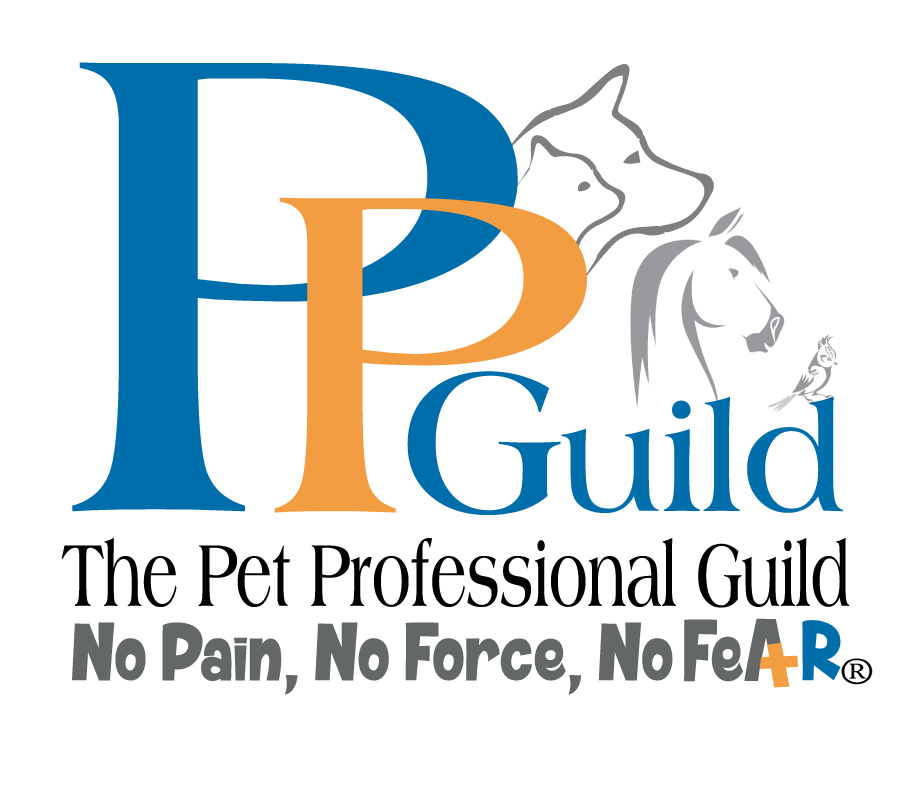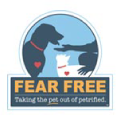Is there anything better than a good night’s sleep? Just like us, dogs need a cozy, comfortable spot to rest and recharge. The right dog bed helps them relax during the day and sleep soundly through the night, which means a happier, healthier dog (and likely a happier owner!). Let’s break down how to choose the right bed for your puppy that suits their individual needs.
Key Factors in Choosing a Dog Bed
1. Size Matters
Dogs come in all shapes and sizes, and so should their beds! Start by measuring your dog from the tip of their nose to the base of their tail to get an accurate bed length. When picking a size, make sure your dog can stand up, turn around, and lie flat comfortably. Observing how your dog likes to sleep can help too; some dogs stretch out with legs flung in every direction, while others curl up tightly. Matching the bed size to your dog’s sleeping style will ensure they’re able to relax fully.
If your dog uses a crate, it’s also important to select a bed that fits the crate’s dimensions, providing enough room for them to move comfortably without feeling cramped.
2. Age and Health Considerations
Older dogs and those with joint issues might benefit from orthopedic or memory foam beds that offer extra support. These beds can relieve pressure on their joints, helping with arthritis or hip dysplasia, making it easier for them to rest.
Puppies, on the other hand, often miss the warmth of their mom and littermates, so extra blankets or cozy materials can help them feel secure. Blankets are also easy to wash, which is convenient if any accidents happen. As your puppy matures and grows out of their “chew everything” phase, you can start looking into more durable bed options.
3. Climate and Temperature Needs
In colder areas, beds with built-in insulation or raised sides can provide warmth, especially for short-coated breeds that may feel the chill more acutely. Snuggle or ‘cave’ beds are perfect for dogs who love to burrow and feel safe in an enclosed space.
For dogs in warmer climates or those with thick coats, beds with breathable fabrics or cooling gel can help regulate their body temperature, especially during hot summer months. Elevated or mesh-style beds allow for airflow, which is particularly nice for outdoor lounging.
4. Puppies and the Teething Phase
For new puppy parents, it’s essential to remember that your puppy may not be ready for a full dog bed right away, especially during the teething phase. Puppies often have an instinct to chew as their new teeth come in, and they might see their bed as a fun chewing target. Investing in a bed too early could lead to a torn-up mess and, even more importantly, potential choking hazards if they chew and swallow parts of the bed.
In the early months, you might want to stick with thick, washable blankets or towels that can withstand a bit of chewing and can be easily replaced if they get too worn. As your puppy matures and leaves the teething phase behind, you can gradually introduce a more durable bed that’s suited to their size and sleeping style.
5. Durability and Easy Maintenance
While budget-friendly options can be tempting, durability is key for a lasting investment. High-quality materials often mean a more durable bed that can handle wear and tear over the years. Look for removable, machine-washable covers—they make cleaning a breeze, which is a huge help if you have a dog prone to shedding or muddy adventures.
If you have a puppy or a young dog who loves to chew, consider waiting before investing in top-tier beds. Many puppies and adolescents go through a “chew everything” phase, and it’s better to have an affordable, durable option that can withstand a little rough treatment until they’ve outgrown that stage.
6. Shape and Style for Maximum Comfort
Dog beds come in all shapes and styles, so finding the right one can make a big difference in your dog’s comfort level.
- Bolstered or Donut Beds: These provide a cozy, enclosed feel, which many dogs find comforting. They offer a sense of security, as well as support for the head and neck, making them great for dogs who love to curl up or snuggle.
- Rectangular Mats or Cushion Beds: For dogs who like to sprawl out, a simple, flat bed with more space can be perfect. Cushion-style beds or rectangular mats offer plenty of room for stretching out.
- Raised or Hammock Beds: Ideal for outdoor use, raised beds provide airflow around your dog’s body, keeping them cool and comfortable during warmer weather.
Personal Preference: The Cozy Factor
In my experience, most dogs love bolster beds. These cozy, U-shaped designs let them snuggle up, offering both security and comfort, whether they want to rest their head or burrow into a corner. I’ve tried many different types of beds over the years, from rectangular cushions to various fillings, and my dogs have consistently preferred the bolster style when they have the option.
Do Dogs Prefer Their Beds—or Yours?
If you’re like me, you might have beds scattered around the house, yet find your dog still gravitates to snuggle up right beside you when given the chance. While having their own beds is a fantastic way to promote independence and provide a consistent spot for rest, it’s also a nice reminder that some dogs love a good mix of personal space and together time with their favorite humans.
Ready to choose the perfect bed? Taking a little extra time to find the right fit for your dog’s unique needs will lead to a happier, well-rested pup. After all, a well-rested dog is a happier companion—one with plenty of energy to play, explore, and enjoy each day with you!
Let’s get you and your puppy started off on the right paw with your puppy raising journey. Click here to get started.












